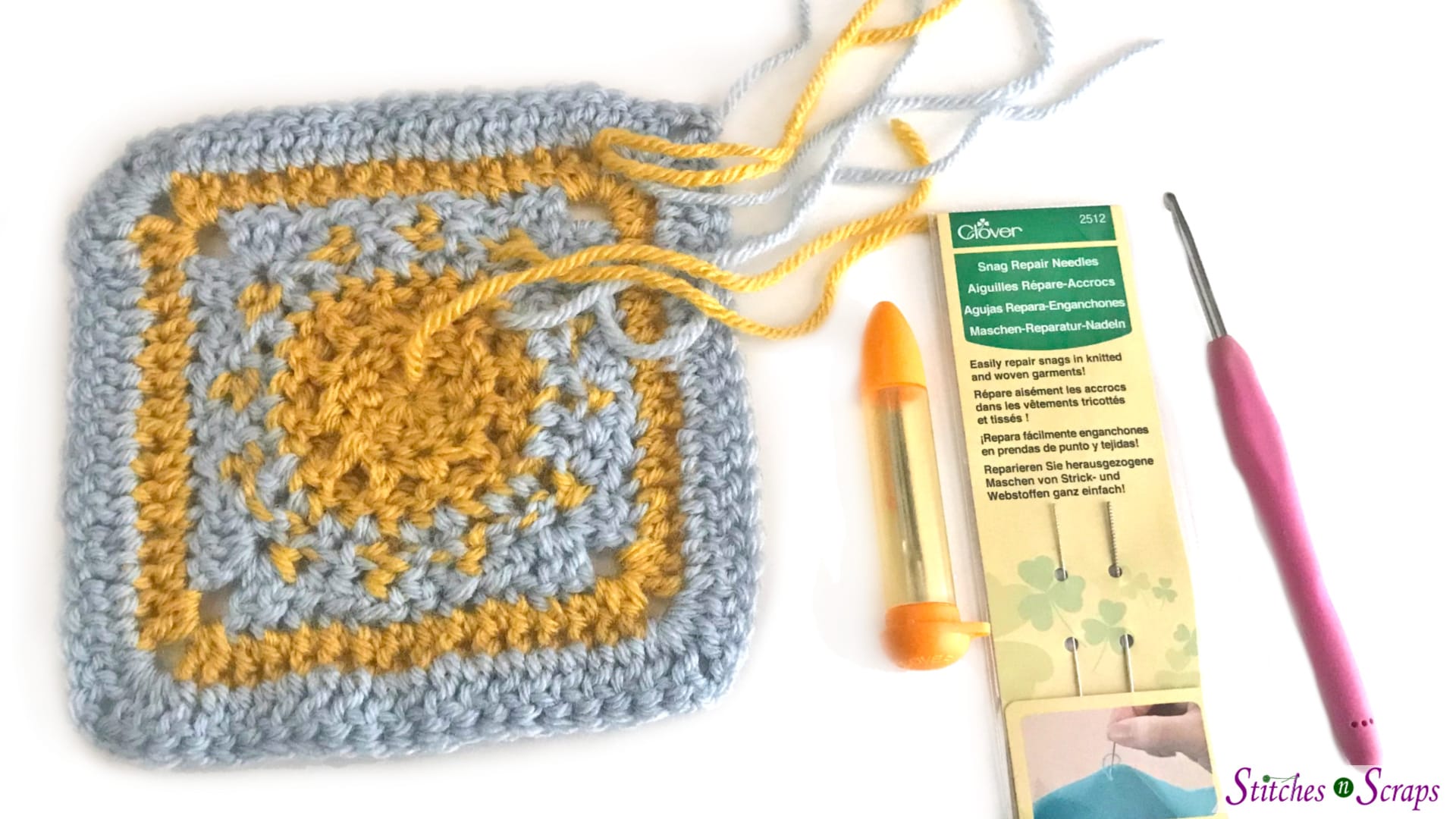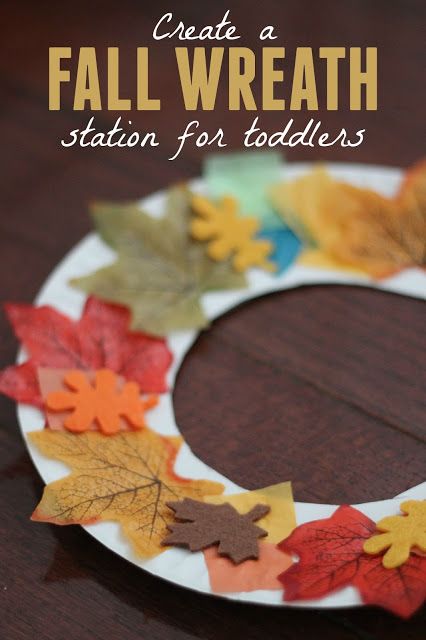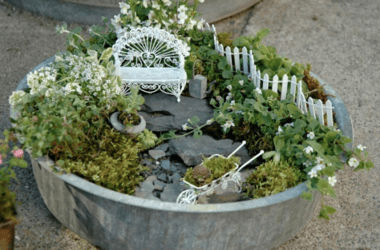
There are many Fourth of July crafts that you can do this year. These activities are both fun and patriotic and suitable for all ages. Here are some suggestions to help you get started if you don't know what to do. These projects include Popsicle stick banners and confetti netting. You can also make Patriotic wine glasses charms. If you're feeling particularly patriotic, you can even try a Popsicle stick flag craft!
Red, white and blue confetti bunting
American flags are one of the most iconic decorations for the Fourth of July. A confetti bundle of red, blue and white confetti is a wonderful way to honor your country. This bunting is 3ft long and comes with three brass grommets. The bunting will not fade under the sun making them a great choice to use outdoors. There are many ways to use it for 4th of July crafts and decorations.
The patriotic red, white and blue confetti bunting can be used to decorate your party tables, dessert tables, or party decorations. Ice paints and star-shaped Confetti can be used to make your decorations more patriotic. Confetti bunting is a great way to decorate your 4th-of- July party with friends or family.

Red, white and blue pinwheels
A piece of paper, hole punch, straw, pencil, brad, thumbtack, or straw can be used to make a pinwheel. The first step is to fold the paper into an triangle. If you don't have a triangle paper template, you can always fold 8.5 x 11 in half, then use a triangle paper punch to cut it out.
You can also make a paper rosette using a Cricut Maker, or any other cutting machine. These patriotic pinwheels make great decorations for doors and walls. To make patriotic pinwheels, you can use the free SVG cut files. These can be used as corner bookmarks or hung in your home. This is a simple, festive way to celebrate our great nation.
Popsicle stick flag craft kit
This popsicle stick American Flag craft kit is a great idea for Fourth of July festivities. A glue gun, craft glue, popsicle stick, red, white and blue paint are all you will need. You can then glue the sticks together by following the directions. Next, paint the stripes and stars! The final craft looks great in a vase or flower pot.
For the Fourth of July, a simple American flag craft can be a great activity for families. An old can can be used as a craft stick. After that, paint acrylic paint on the surface to draw stripes. After the paint has dried make a hole at top and then insert a tealight. Another craft that can be made with this craft kit is a fluffy pom-pom flag. Also included are foam letters that can be displayed on a front doorknob or window.

Wine glass charms set for Patriots
This patriotic charm kit for wine glass charms includes blue, white, and striped stars and stripes. You will also find Americana-themed charms like stars, hearts, and a flag. They are easy enough to make for even the youngest crafters. If you're looking for a fun 4th of July craft for kids, look no further than this kit. This kit is easy to follow and will make a great patriotic decoration.
You have the option to choose from many materials if you want to create your own wine glass charms. For wine glass charms that are nickel-free, you can use Stemware Hoops. Or, you could embellish your glass charms by adding jewelry charms or round beads to them. These make a great way to remember a special event and can also be a beautiful keepsake for your family and friends.
FAQ
How do you get started with your new hobby or interest?
The first step toward starting any new hobby is to decide what kind of activity you'd like to pursue.
Once you've chosen your subject, you need to be passionate about it.
Understanding why you are interested in a hobby is important. It will give you some direction and purpose.
Once you've chosen the hobby you would like to pursue you can start planning.
Think about the equipment that will be needed.
Consider whether you are required to attend classes and seminars.
Ensure that you have enough space for your hobby.
You might also consider joining a club. These groups often offer advice and support.
Also, consider how much money your hobby would cost.
Where can you find free resources that teach more about hobbies and interests?
Many websites offer help in finding new hobbies.
These are our top picks:
www.trythisathome.com - This site provides a list of over 100 different hobbies. You can also find information about how to start each hobby.
www.hobbyfinders.org - This site offers a database of thousands of activities that you can search by interest, skill level, location, and more.
www.indiebazaar.co.uk - IndieBazaar is an online marketplace designed specifically for independent artists and musicians. You will find hundreds of products that range from artwork to music gear on the site.
www.pinterest.com/explore/hobbies - Pinterest is a social media network that lets users "pin" images they find interesting onto their boards. Users can use boards to organize their favorite things into specific categories.
www.reddit.com/r/Hobbies: Reddit, another social media platform, allows users to post links to articles and videos. Voting is available for users to choose the most valuable posts.
What is a good hobby for kids?
A hobby for kids is any activity they like to do as part of their normal daily routine. Kids might enjoy drawing pictures, making things, painting, writing, crafting, and other activities.
Parents worry that their children might get in trouble if they are allowed to do what they like. But this isn't always true. They won't get into trouble if your child is safe and does not cause harm to others or themselves.
It is important to keep in mind that just because someone likes something, doesn't mean they will choose it every time. They might decide to draw instead of write if they enjoy drawing pictures.
There are lots of different types of hobbies out there, so it's really up to you to pick one that you enjoy most.
What are the best ways to find a hobby?
You may feel overwhelmed when you start your quest to find a hobby.
You may be thinking, "I'm just not artistic" or "I hate sports," or perhaps "I don’t even know what I know."
However, it is likely that you already have a lot to draw on when searching for a hobby.
It's only that you don't know it yet.
Take a tour of your house. How many things do you own?
Do you have any old toys lying around?
Perhaps you have a collection books or magazines.
Maybe you've always wanted to learn how to cook.
Perhaps you would like to play guitar again.
Whatever it may be, you can likely turn it into something.
The secret is to remember that you already have plenty to draw on.
Once you have done that, you will be able choose a hobby that suits your lifestyle.
Statistics
- I am 100% biologically a woman (discover.hubpages.com)
- The Role of the Mind in Sex, Dating, and Love: Men in the “humor” condition received phone numbers from 42.9% of the female participants and were refused 57.1% of the time. (time.com)
- Studies show that just six minutes of reading can reduce stress levels by 60 percent. (oberlo.com)
- Much of this decline reflects the fact that teens are less likely to work today than in the past; among employed teens, the amount of time spent working is not much different now than it was around 2005. (pewresearch.org)
- The intensity of the dialogue partners' bond at the end of the forty-five-minute vulnerability interaction was rated as closer than the closest relationship in the lives of 30 percent of similar students. (time.com)
External Links
How To
How to begin gardening
Gardening is one form of agriculture that dates back to the beginning. It requires patience, persistence, and determination. You must choose a suitable location to start your garden. This could be a large plot of land or even just a small area in your backyard. Next, choose what kind of plants you would like to grow. Do you prefer vegetables, or flowers? Some people love to grow herbs, while others enjoy raising animals like rabbits. Before you decide on what type of crops to plant you need to take into consideration how much space you have. If your climate is cold, you may decide to plant berries and fruits.
Once you have chosen what you will be planting, you must take some time to prepare your soil. Soil is essential in determining whether your plants will thrive or fail. Good quality soil contains organic matter that helps feed your plants' roots. Organic matter includes organic matter such as leaves, twigs or grass clippings. After you have prepared your soil you must add nutrients. You may need different amounts depending on what type of plants you are trying to grow. Online fertilizer calculators can be used to determine these values. There are many fertilizers available so be sure to know what you are purchasing.
After preparing your soil and adding the proper nutrients, you now need to wait until your seeds germinate. The process can take between 2 and 3 months depending on how hot or cold it is in your region. Once your seeds are sprouted, you must water them regularly. Watering your plants too little or too often can cause problems. Ensure you give your plants enough water at regular intervals and avoid overwatering. Overwatering could lead to root rot as well as fungal diseases. Keep in mind that plants are more thirsty during summer than winter. Also, remember that certain plants need to dry out after watered. For example, tomatoes need to stay slightly moist but not wet. They won't tolerate soggy soil. After flowers are finished, plants must go dormant. Plants go dormant when they stop producing new growth and instead store energy for next year's harvest. During dormancy, the plant stops sending signals to its roots telling them to produce food. Throughout this time, plants can store energy. Plants will soon die if they are exposed to too much or too cold temperatures.
Urban environments may limit the variety of plants you can grow. Concrete sidewalks, roads and buildings are common in urban areas. They block sunlight from reaching the ground. Concrete absorbs light which blocks sunlight from reaching the ground below. Because of this lack of sunlight, many plants cannot survive in cities. However, many plants can still thrive in urban environments. Many perennials, trees, and shrubs are able to adapt to urban living. In addition, many annuals can be grown indoors in containers. Container gardens can be used to grow greenery indoors year-round, no matter what the weather outside.
Now that you have decided where to place your garden, chosen what you will grow, and prepared your soil, you are ready to plant!